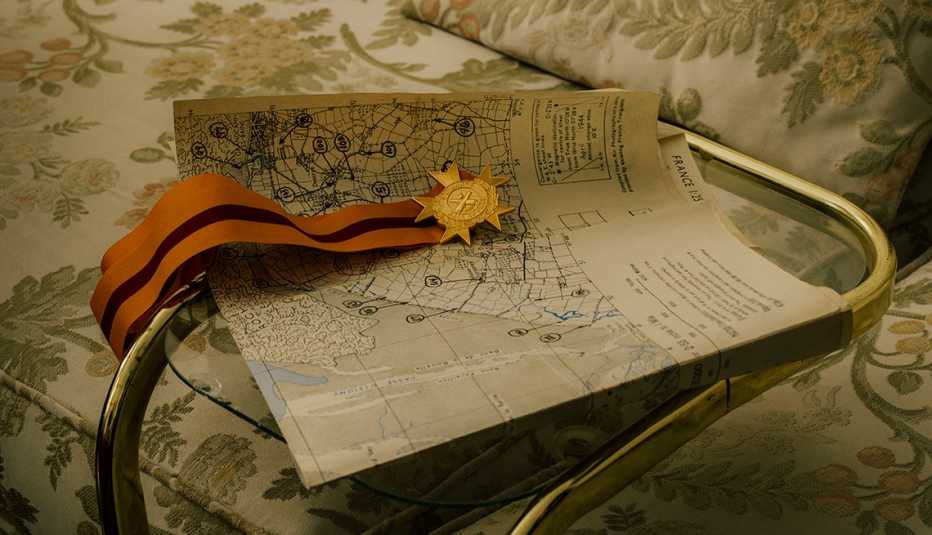Staying Fit


Retired Maj. Gen. John C. Raaen Jr. can still hear the sound of bullets cracking over his head, the wall of noise that greeted him as he landed in France on June 6, 1944.
At 97, he is among the few alive who experienced the full horrors of Bloody Omaha, where more than 1,200 Americans died. A 1943 West Point graduate, Raaen was a 22-year-old captain in the 5th Ranger Infantry Battalion.


AARP Membership— $12 for your first year when you sign up for Automatic Renewal
Get instant access to members-only products and hundreds of discounts, a free second membership, and a subscription to AARP the Magazine.
His unit’s target was a battery of guns at Pointe du Hoc, at the top of 100-foot sheer cliffs and heavily defended.
As his battalion closed in on the beach, it was suddenly ordered to change direction. “We tried to land where the Bedford Boys of Company A, 116th Infantry Regiment was taking beating — a massacre, basically. Lt. Col. Schneider, our battalion commander, was in the second wave. He saw what was happening and said ‘I’m not going to lose my battalion on that beach,’ so he cajoled the British flotilla commander to move us farther to the left. We moved approximately a thousand yards.”


It made all the difference.
“We landed at 7:50 a.m. where there were breakwaters and we had plenty of cover.” Even so, Raaen came under a “tremendous amount” of small arms fire from the nearby bluffs and several German strongpoints. There was “constant noise,” a ceaseless “roar.” Bullets cracked in the air, “pop, pop, pop, pop, pop, pop, pop, above you. The machine gun fire was absolutely continuous.”
Raaen crossed Omaha and then pushed inland, his unit earning lasting fame by leading the way through minefields and up the steep bluffs.
Meanwhile, at Pointe du Hoc, where Raaen was supposed to land, fierce combat raged for two more days. His fellow Rangers there suffered more than 50 percent casualties.
Raaen’s men then fought on across Normandy and into Brittany. On Dec. 22, 1944, as the Battle of the Bulge raged, he was thrown from his jeep and injured. He was back at West Point when the war finally ended with the Japanese surrender in the Pacific. For his actions on D-Day and the days surrounding the Normandy invasion, Raaen was awarded the Silver Star, the military’s third-highest honor for heroism in combat. A Georgia native whose father was a military officer, Raaen stuck with the Army after the war, rising to the rank of two-star general before retiring in 1979 after 36 years of service.
Raaen counts himself extraordinarily lucky to have survived D-Day and then lived such a long and full life. D-Day, he stresses, was not the highlight of his life; the day he married was. But leading young Americans in combat, keeping them alive through that longest of days, comes very, very close.
Alex Kershaw has written several books about World War II, most recently The First Wave.

































































More From AARP
The Story Behind D-Day's Iconic Images
Robert Capa took the most famous photos, but is the story behind those pictures a myth?Small Virginia Town Remembers Its D-Day Sacrifice
One sister recalls the price her family and Bedford, Va., paid on June 6, 1944